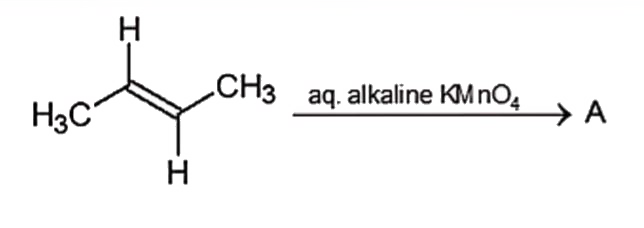Which one of the following is the true description about an animal concerned
(a) Earthworm - The alimentary canal consists of a sequence of pharynx, oesophagus, stomach, gizzard and intestine
(b) Frog - Body divisible into three regions-head, neck and trunk
(c) Rat - Left kidney is slightly higher in position than the right one
(d) Cockroach - 10 pairs of spiracles (2 pairs on thorax and 8 pairs on abdomen)
The correct Answer is:D
To solve the question regarding the true description of an animal, we will analyze each of the provided options step by step.
1. Evaluate Option 1: Earthworm
- The description states that the elementary canal of the earthworm consists of the sequence: pharynx, esophagus, stomach, gizzard, and intestine.
- Correction: The correct sequence of the earthworm's digestive system is: mouth → buccal cavity → pharynx → esophagus → gizzard → stomach → intestine.
- Conclusion: This option is incorrect.
2. Evaluate Option 2: Frog
- The description claims that the body of a frog is divisible into head, neck, and trunk.
- Correction: The body of a frog is actually divided into head and trunk, without a distinct neck.
- Conclusion: This option is also incorrect.
3. Evaluate Option 3: Rat
- The description states that the rat has the left kidney slightly higher in position than the right one.
- Correction: In rats, the right kidney is typically positioned higher than the left kidney.
- Conclusion: This option is incorrect as well.
4. Evaluate Option 4: Cockroach
- The description mentions that the cockroach has 10 pairs of spiracles, with 2 pairs located in the thoracic region and 8 pairs in the abdominal region.
- Verification: This description is accurate as it correctly identifies the structure and distribution of spiracles in cockroaches.
- Conclusion: This option is correct.
Final Answer:
The true description about an animal concerned is Option 4: Cockroach.
---
- The description states that the elementary canal of the earthworm consists of the sequence: pharynx, esophagus, stomach, gizzard, and intestine.
- Correction: The correct sequence of the earthworm's digestive system is: mouth → buccal cavity → pharynx → esophagus → gizzard → stomach → intestine.
- Conclusion: This option is incorrect.
- The description claims that the body of a frog is divisible into head, neck, and trunk.
- Correction: The body of a frog is actually divided into head and trunk, without a distinct neck.
- Conclusion: This option is also incorrect.
- The description states that the rat has the left kidney slightly higher in position than the right one.
- Correction: In rats, the right kidney is typically positioned higher than the left kidney.
- Conclusion: This option is incorrect as well.
- The description mentions that the cockroach has 10 pairs of spiracles, with 2 pairs located in the thoracic region and 8 pairs in the abdominal region.
- Verification: This description is accurate as it correctly identifies the structure and distribution of spiracles in cockroaches.
- Conclusion: This option is correct.
The true description about an animal concerned is Option 4: Cockroach.
Similar Questions
Knowledge Check
Which one of the following is correct description of a certain part of a normal human skeleton ?
AParietal bone and the temporal bone of the skull are joined by fibrous jointBFirst vertebra is axis which articulates with the occipital condylesCThe 9th and 10th pairs of ribs are called the floating ribs.DGlenoid cavity is a depression to which the thigh bone articulates.
Which one of the following is not true about antibiotics
View SolutionWhich one of the following is not true about lichens?
View Solution
Which one of the following is true about this reaction ?
View SolutionWhich one of the following is not a true amphibian animal
View SolutionWhich one of the following is not a true amphibian animal
View SolutionWhich one of the following is correct description of a certain part of a normal human skeleton ?
View SolutionWhich one of the following is correct description of a certain part of a normal human skeleton ?
View Solution